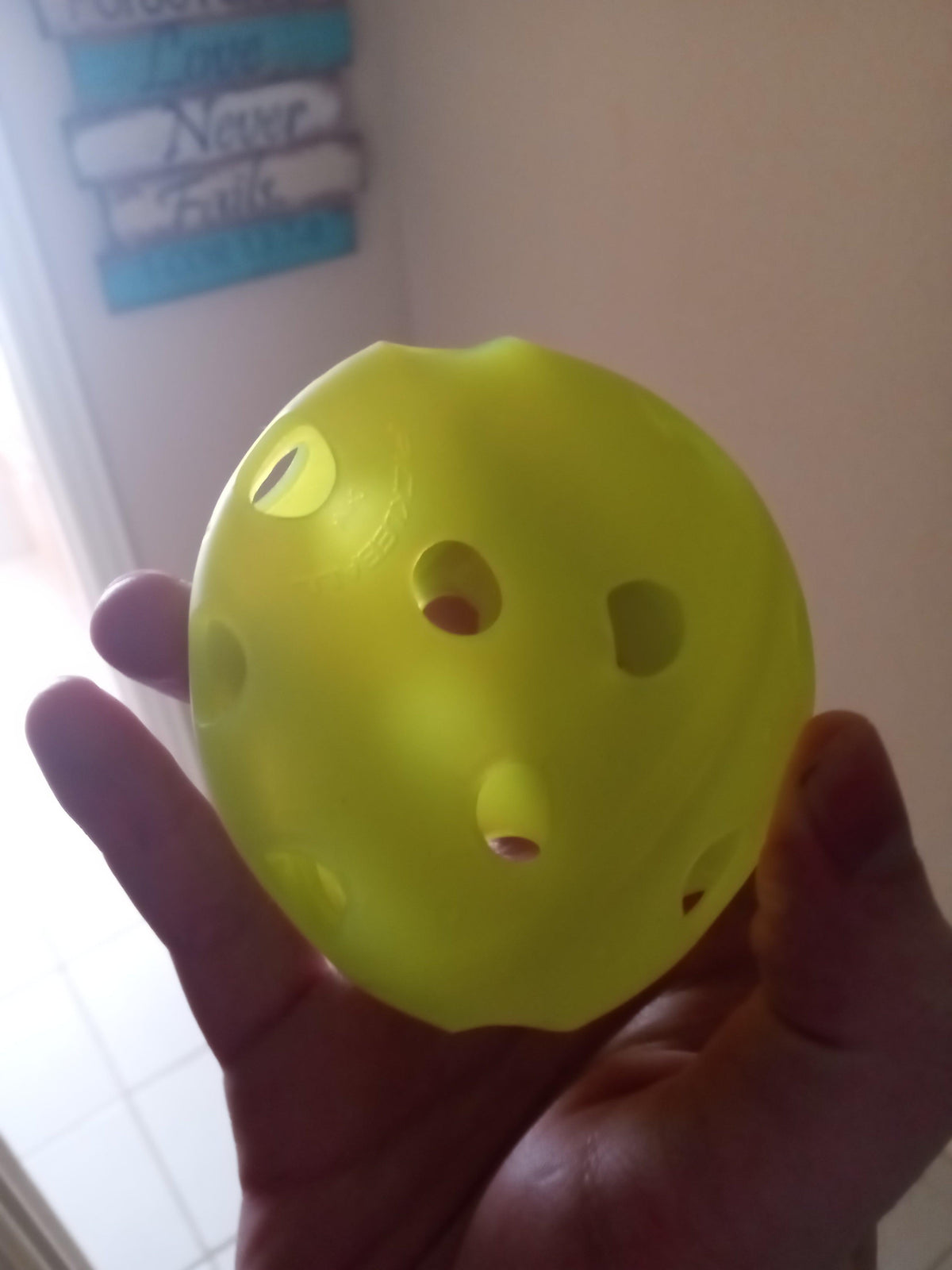
Mass, Impulse: How Paddles Tech is Improving but Ball Tech isn't
|
|
|
Time to read 2 min
|
|
|
Time to read 2 min
CoreTek Pickleball paddles are arguably among the most powerful USAP certified paddles on the market. Like our competitor in innovation, GB, our paddles are not predicated whatsoever on elasticity to produce power. Far from it, our paddles must meet standards for deflection. Furthermore, attempting to somehow introduce meaningful elasticity into paddles using materials and methods meant to produce rigid paddles was seen by us as a route not worth taking as it would compromise the material soundness of the paddles as a whole. How does an elastic interior flex through an inelastic exterior that is thermoformed? Somehow producing a solid paddle face supported by an elastic membrane that can still pass deflection yet have meaningful elasticity was not something we considered possible or desirable. It brings a host of factors into play such as spring constant and the need to isolate vibration as well as make sure that that vibration is constructive rather than destructive upon the next impact.
Our paddles and their closest market complement differ from other paddles in their mass distribution primarily. CoreTek Pickleball's core is based around familiar honeycombs and therefore have more predictable play compared to GB carbon fiber arches. We also make innovative use of carbon fiber plates as brakes to increase impulse.
Pickleball paddles are becoming better at dissipating energy but are becoming more powerful! This is because of increased impulse. Impulse can be considered a product of force and duration. This can be increased in many ways. Paddle length, weight, and construction all effect impulse.
This is where CoR comes into play as well as elasticity. None of these paddles are meaningfully elastic BUT pickleballs per USAP spec are.
Paddles are now capable of delivering greater forces to the ball while using the only real option left if they want to meet regulations. This is through thoughtful use of mass and geometry to create greater forces on the ball while using balance and materials to offset increases in swing weight. Pros use tape for a reason!
Coefficient of restitution is the measurement of a collision and not the material properties of either the ball or paddle. Paddles capable of generating more impulse will cause greater deformation in the much more elastic ball.
The result is a bias that anyone with a materials science background can quickly see. The USAP wants to use CoR as a vehicle for energy management. Additionally, they underemphasize that CoR tests ball elasticity as much as paddle. Current ball elasticity hasn't changed nor has that of paddles. What has changed is paddles ability to induce greater elasticity in our current pickleballs, which were never designed with much thought to growth and are no longer functioning as intended. Watch a high speed paddle ball impact, the ball undergoes massive deformation probably beyond the demands of current construction. The paddle doesn't deform. Yet to quote pro Zane Navirtil:
"We should be playing with soft paddles and hard balls."
I do not agree with increasing projectile weight as it very rarely leads to decreases and its ability to harm.
Finally we note that the current pro level ball was never will received either for performance or durability. It would be infinitely less oppressive to the sport to rationality update the ball. It would also be much more understandable to players and could potentially reduce risk of injury. Finally, this measure would ensure technology diversity which as much as regulatory bodies may hate it, is part of the spirit of any modern equipment sport.
It seems the USAP may play a bit of an elastic shuffle. Requiring MORE elasticity or at least decreased ability to deform the ball from paddles to regulate manufacturers and give initiative back to legacy brands. All the same requiring less from the ball in order to produce the same level of gameplay.